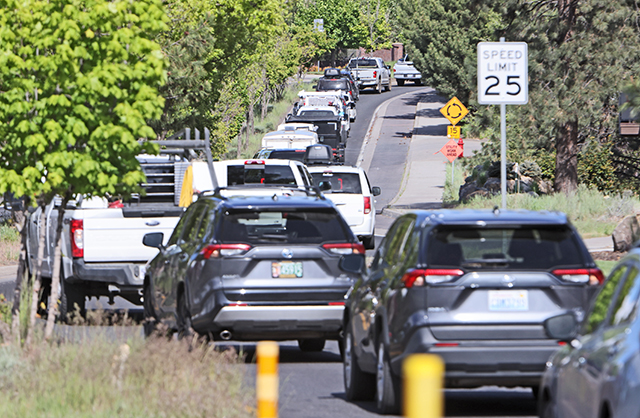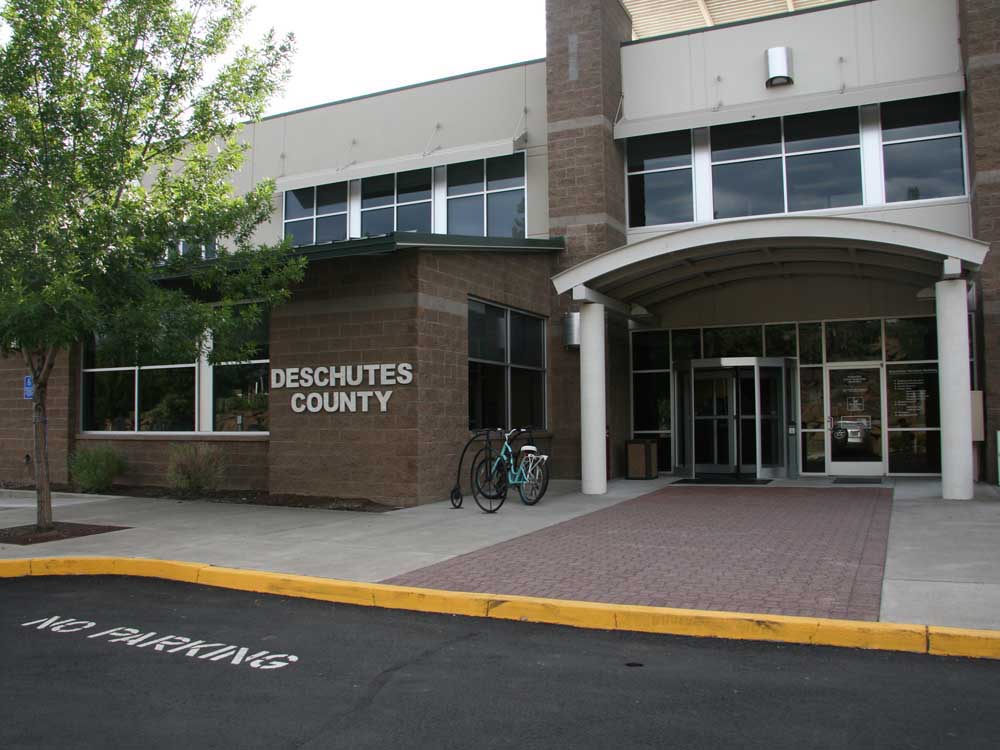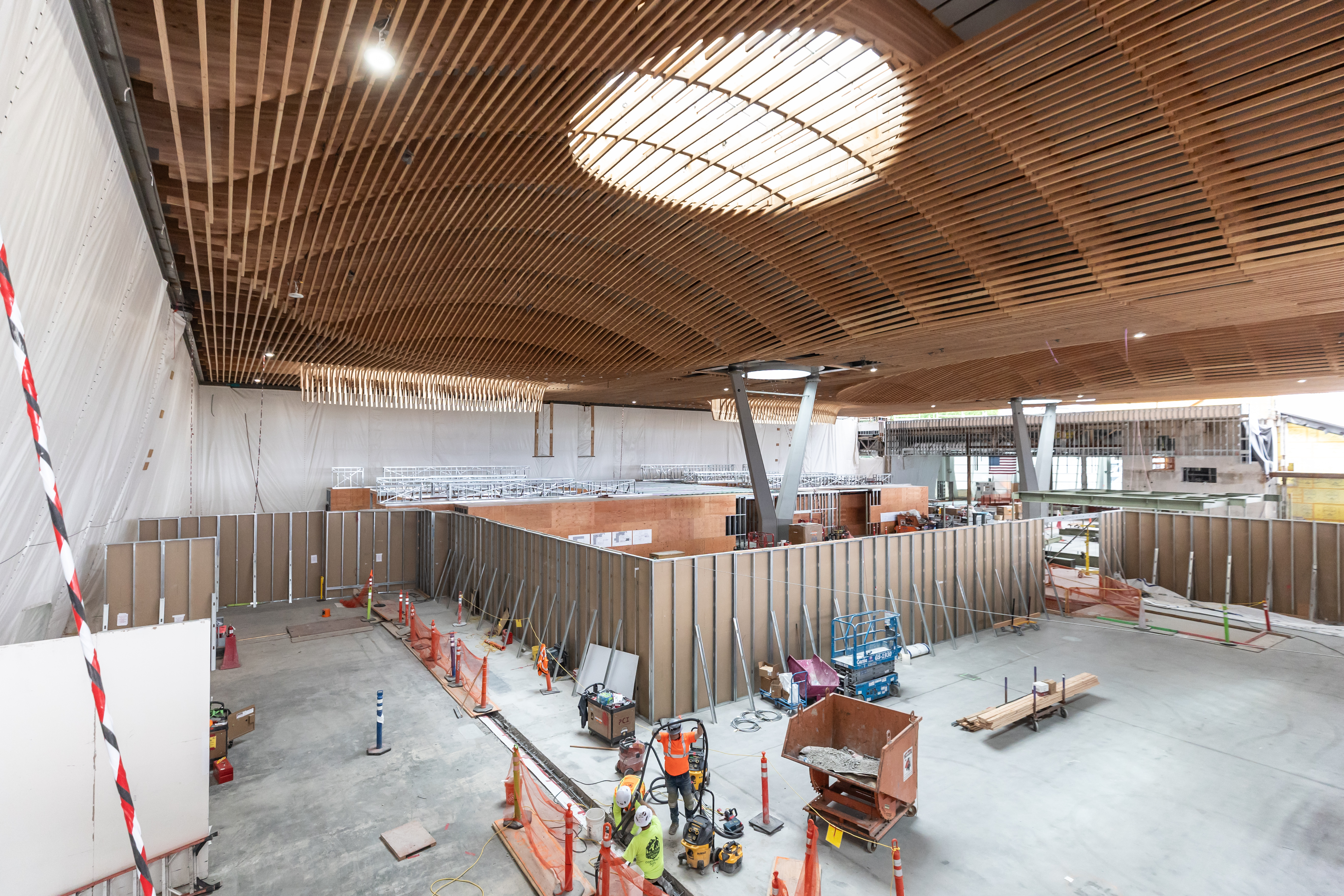Horse Butte
Published 12:00 am Wednesday, April 27, 2016

- Singletrack riders: Prepare for mud and snow
A large-scale project by the U.S. Forest Service is affecting mountain biking opportunities in Central Oregon — but we still have myriad riding options here on the High Desert.
About 25 miles of singletrack trails west of Bend remain closed Mondays through Fridays during the ongoing restoration of about 26,000 acres of the Deschutes National Forest in the area. According to the Deschutes Collaborative Forest Project, the goal of the project is to grow healthier trees, improve wildlife habitat and reduce the risk of wildfires. The project includes tree removal, thinning and mowing within the popular Phil’s Trail Complex.
Trails that are closed during the week (4 a.m. Monday to 5 p.m. Friday) include lower Phil’s Trail, Grand Slam, Voodoo, KGB, and COD, among others, according to the Forest Service. All trails in that area are open on Saturday and Sunday.
Marvin’s Gardens Trail reopened last week for weekdays, and the Forest Service expects to finish work in the most popular mountain biking areas, including Phil’s Trail, as soon as possible but may run through October, according to deschutescollaborativeforest.org. As work is completed and areas become safe to enter, the Forest Service plans to reopen certain trails. A map and more information are available at www.fs.fed.us/r6/webmaps/deschutes/west-bend.
On its website, the DCFP notes a helpful list of alternative trails. Through May 15, it recommends Horse Butte and Horse Ridge east of Bend, Maston and the Radlands near Redmond, Peterson Ridge near Sisters, Lower 66 near Prineville and Smith Rock/Gray Butte near Terrebonne.
For May 15 through Aug. 15, the website suggests other areas west of Bend, including Wanoga, Swampy Lakes, Mrazek, Tumalo Falls and Shevlin Park.
Last week I took the advice of the DCFP and headed southeast of Bend to Horse Butte. Normally my winter riding destination, the trails near Horse Butte can stay in decent shape throughout much of the spring, but they typically become severely dry and dusty during the summer.
The area offers something different from the tight, ponderosa pine-lined forests to the west of Bend — a wide-open area through sagebrush, with views of Cascade peaks to the west and rolling desert hills to the east.
The Coyote Loop Trail and Arnold Ice Cave Trail (Trail 63) form a loop of about 10 miles that can be ridden in either direction. I started out on the Arnold Ice Cave Trail to ride the loop clockwise.
The trails traverse the burn area where the 1996 Skeleton Fire charred 17,000 acres, leaving behind just a few bare juniper trees and creating far-reaching views in all directions. To the west, Mount Bachelor, the Three Sisters, Broken Top, Mount Washington and Mount Jefferson shined a bright white in the springtime sun.
The trails near Horse Butte do not feature significant climbing or elevation change, and they are not especially technical, making them ridable for all skill levels. But a few brief rocky sections can be somewhat challenging. One such portion includes a steep climb up a short cliff with a couple of switchbacks. It is usually the only section of the loop on which I am forced to dismount my bike. From atop the small cliff, the views to the east open up as Horse Ridge and Pine Mountain dominate the desert horizon.
From the Horse Butte trails, mountain bikers can venture southeast all the way to Horse Ridge or south all the way to the Newberry National Volcanic Monument.
Opting for a shorter, easier day, I turned onto the Coyote Loop Trail to begin making my way back toward the trailhead.
Trails in the area also allow for access to lava caves. I followed the signs on the trail to Boyd Cave, located about a quarter of a mile north from the Coyote Loop Trail along Forest Road 560.
Ducking into a cold, dark lava cave makes for a nice break during a hot bike ride through the High Desert. Plan ahead and bring a headlamp on your next ride near Horse Butte.
The caves were formed thousands of years ago from crusts of solidified lava that grew over the top of flowing lava, according to the Forest Service. When the eruption that produced the lava stopped, the lava drained out of most of the lava tube, forming the cave.
Boyd Cave is a well-preserved lava tube with little collapse and a total length of about 1,880 feet, according to the Forest Service.
The Deschutes National Forest contains more than 350 caves, many of which are closed seasonally if not year-round. For questions about which caves are open and when, call the Deschutes-Fort Rock Ranger District at 541-383-4785.
After spending a few minutes in the cave, I climbed the staircase out and got back on my bike. The trail back to Horse Butte trailhead was rolling and fast through the sparse desert.
It is important that all user groups cooperate in areas like Horse Butte, where frequent users include hikers, trail runners, mountain bikers and equestrians. Horseback riders frequent the area, and mountain bikers and hikers are required to yield to them so as not to startle their horses.
I encountered few other trail users on my recent outing, demonstrating that the area can provide lots of solitude. And it offers an enjoyable weekday mountain bike ride while other singletrack trails west of Bend remain closed.
— Reporter: 541-383-0318,
mmorical@bendbulletin.com






